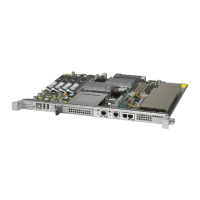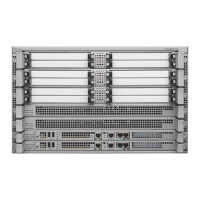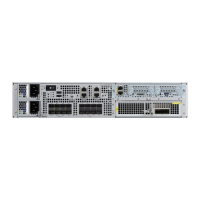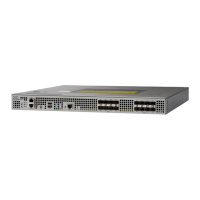Example:
Router# clear ip traffic
Step 2
clear ip accounting [checkpoint]
You can remove all contents of a particular cache, table, or database. Clearing a cache, table, or database can become
necessary when the contents of the particular structure have become or are suspected to be invalid. To clear the active
IP accounting database when IP accounting is enabled, use the following command:
Example:
Router# clear ip accounting
To clear the checkpointed IP accounting database when IP accounting is enabled, use the following command:
Example:
Router# clear ip accounting checkpoint
Step 3
clear sockets process-id
To close all IP sockets and clear the underlying transport connections and data structures for the specified process, use
the following command:
Example:
Router# clear sockets 35
All sockets (TCP, UDP and SCTP) for this process will be cleared.
Do you want to proceed? [yes/no]: y
Cleared sockets for PID 35
Step 4
show ip accounting [checkpoint] [output-packets | access-violations]
To display access list violations, use the show ip accounting command. To use this command, you must first enable IP
accounting on a per-interface basis.
Use the checkpoint keyword to display the checkpointed database. Use the output-packets keyword to indicate that
information pertaining to packets that passed access control and were routed should be displayed. Use the access-violations
keyword to display the number of the access list failed by the last packet for the source and destination pair. The number
of packets reveals how aggressive the attack is upon a specific destination. If you do not specify the access-violations
keyword, the command defaults to displaying the number of packets that have passed access lists and were routed.
If neither the output-packets nor access-violations keyword is specified, output-packets is the default.
The following is sample output from the show ip accounting command:
Example:
Router# show ip accounting
Source Destination Packets Bytes
172.16.19.40 192.168.67.20 7 306
172.16.13.55 192.168.67.20 67 2749
172.16.2.50 192.168.33.51 17 1111
172.16.2.50 172.31.2.1 5 319
172.16.2.50 172.31.1.2 463 30991
172.16.19.40 172.16.2.1 4 262
172.16.19.40 172.16.1.2 28 2552
172.16.20.2 172.16.6.100 39 2184
172.16.13.55 172.16.1.2 35 3020
172.16.19.40 192.168.33.51 1986 95091
172.16.2.50 192.168.67.20 233 14908
IP Application Services Configuration Guide, Cisco IOS XE Release 3S (Cisco ASR 1000)
13
Configuring IP Services
Monitoring and Maintaining the IP Network

